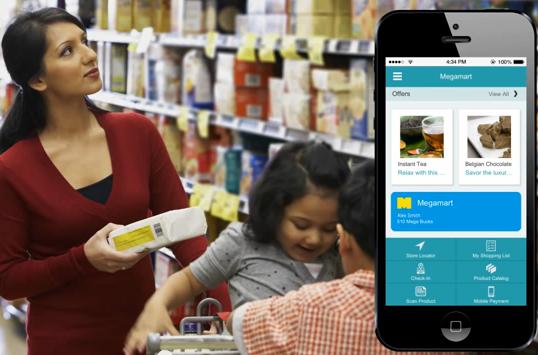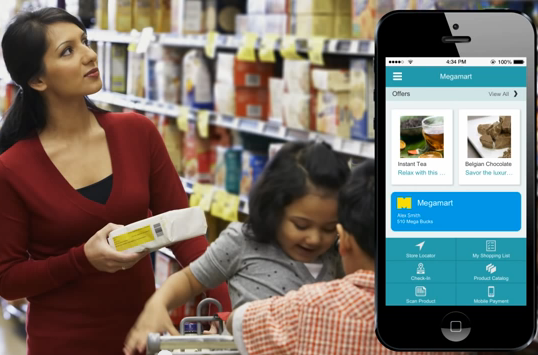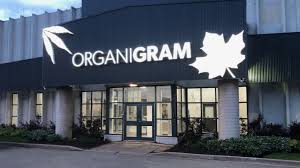

Multinational enterprise management software company SAP has recently released complementary apps, one called Shopper Experience and the other its Retail Store Ops Associate, which promise nothing less than the transformation of the brick-and-mortar retail experience through integration with mobile technology.
“We’re looking to transform the entire in-store experience,” says Brent Cohler, SAP’s Director of Mobile Product Marketing, speaking with Cantech Letter by phone from Palo Alto. “And we look at that both from the viewpoint of the employee, what can an employee do to help provide a better experience to the consumer, but then also to the consumer, as well.”
If for retailers the challenge has become how to address the phenomenon of showrooming, which unofficially is a kind of disloyalty program, then the solution to that challenge is to incentivize consumers using mobile technology to engage in activities that resemble showrooming, while in fact taking place in a seamless, end-to-end user experience controlled by the retailer.
Cohler assesses the problem like this. “You look at any of the stats out there, you see upwards of 80% of smartphone users are leveraging their devices to influence shopping behaviour. They might not actually be completing that transaction on the device, but they’re definitely using the devices, whether it’s to research products, look up stores, and a lot of that is happening, obviously, within the store itself.”
Consumers wander the shop floor promiscuously testing merchandise while consulting with their phones and then heading home to seal the deal with an online retailer that offers steep discounts and free shipping. Employees have no particular incentive to intervene and consumers leave the shop happy and empty handed. Lose-win.
The disloyalty has been fostered by competing factors. On the other side of the shop floor in recent years, consumers have not been able to help but notice that the “expert” salespeople populating most showroom floors are, in fact, underpaid twentysomethings with no specific knowledge of the products or business culture surrounding them. So consumers wander the shop floor promiscuously testing merchandise while consulting with their phones and then heading home to seal the deal with an online retailer that offers steep discounts and free shipping. Employees have no particular incentive to intervene and consumers leave the shop happy and empty handed. Lose-win.
“The other key aspect of providing a more convenient enhanced store experience is making sure that your store associates are more knowledgeable than the customers coming in,” says Cohler. “And what we’ve seen in the industry is that consumers are tech savvy and they’re able to come in and leverage all of these variety of applications and access to the internet and do all this research while they’re standing there in the store. Oftentimes, the employee is at a disadvantage. They’re not able to get that information. And they oftentimes know less than the consumer.”
As a result of this shifting balance of power, brick-and-mortar retailers and consumers alike have witnessed the shock-headline closure of several Future Shop, BestBuy, Sears and other big name retail outlets creating gaping holes in prime urban retail real estate. And as showrooming rolls on, it leaves retailers flailing for some solution, any solution, to retain customers who may have expressed loyalty once upon a time less because they enjoyed the shopping experience than because where they once lacked for choice, they are now overwhelmed by competing bargains on the internet and the heady sense of new-found freedom that too much information can foment.
What we found is that the users want the information. They want to feel empowered, and it’s not always about price. It’s not always about finding a cheaper price. But it’s about finding information on products, getting health information, eventually maybe getting recipes, getting recommendations, and getting offers from that store. So the ability to tie this all in to a complete solution, with the loyalty, with the local store offers, that’s really providing more of that personalized experience to the end user.
Cohler found that diagnosing the malaise that propels showrooming was at least half the battle. “What we found is that the users want the information. They want to feel empowered, and it’s not always about price. It’s not always about finding a cheaper price. But it’s about finding information on products, getting health information, eventually maybe getting recipes, getting recommendations, and getting offers from that store. So the ability to tie this all in to a complete solution, with the loyalty, with the local store offers, that’s really providing more of that personalized experience to the end user.”
By combining behaviours learned through participation in loyalty programs and sharing across social media, the conceptual bridge that keeps a consumer in-store was identified as collaboration. “When we did the research, there were folks out there that had items on the refrigerator. When people would make the list, they would email things back and forth, they would be in the store texting family members, so that collaboration is really key,” argues Cohler.
On the one hand, a consumer walks into a store and, armed with the Shopper Experience app, receives a personalized acknowledgement combined with offers originating in that particular store. And as your personal habits disclose their pattern over time, the app comes to recognize each consumer’s taste and adjusts accordingly.
On the other hand, for employees on the shop floor, armed with the Retail Ops Associate app, tracking real-time inventory, and executing ad hoc in-store markdowns to retain consumers displaying cheaper prices from a competing retailer on their smartphones can also be accessed within a seamless app.
The balance of power equalizes somewhat and the uneasy truce between consumer and retailer resumes.
With the advent of the mobile wallet imminent, the fantasy version of which is either a phone or a Dick Tracy-style wristwatch with which you can scan your purchases and then self-pay in store in order to avoid lining up at the check-out counter, the final piece of the marketing puzzle remains integration with SAP’s already existing Precision Marketing software, most notably utilized in the app they made recently for Montreal’s public transit system.
“The Shopper Experience plus Precision Marketing will definitely be a very powerful combination for us,” says Cohler. “Precision Marketing is really that engine that will, in the moment, crunch all that systems record information, and then the app is the delivery channel. So integration between the two is definitely what it’s designed for. That’s the next step along the way, is bringing those two together to bring that full set of personalization.”
________________________________________________________________________________________________________________
Leave a Reply
You must be logged in to post a comment.


 Share
Share Tweet
Tweet Share
Share




Comment